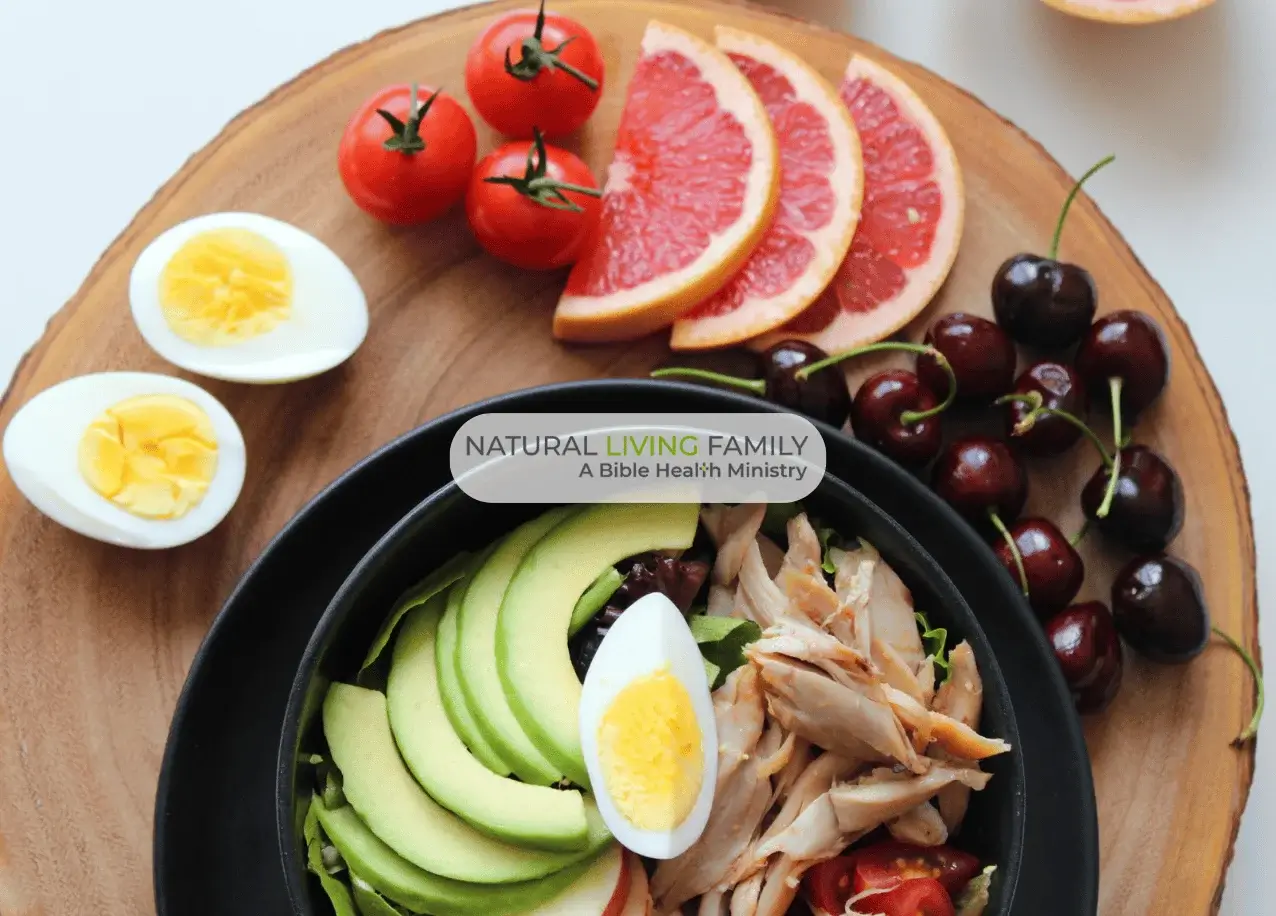Next to wheat and gluten sensitivities, there probably isn’t a more controversial topic in the food market today than dairy and lactose intolerance. So let’s talk about some of the best dairy alternatives.
Table of Contents
Is Milk Healthy For Humans To Drink?
The facts are hard to figure out when it comes to the “milk war.” We’re stuck in the middle of a massive marketing onslaught from both camps, so it’s no wonder millions of people are confused and many people don’t know about the best dairy alternatives.
- Milk is good: “Milk does a body good.”
- Milk is bad: “People are the only species that drinks another animal’s milk.”
- Milk is good: “Got milk?” (included, of course, is a beautiful celebrity with a milk mustache).
- Milk is bad: “What’s in YOUR milk?” (included, of course, is a list of harmful chemicals that are linked to everything from cancer to Alzheimer’s disease).
And the list goes on and on.
After sifting through the confusion, it becomes quite clear that this isn’t a black-and-white issue, and saying that “milk is bad” or “milk is good” simply leaves much to be desired, and doesn’t even consider the best dairy alternatives.
When answering the question of whether milk is healthy, the answer to this question is, “It depends.”
- It depends on whether or not the milk was homogenized.
- It depends on whether or not the milk was pasteurized.
- It depends on whether or not the milk was fortified.
- It depends on whether or not the milk was taken from a hormone-injected animal.
- It depends on whether or not the milk was taken from a grass-fed animal.
- It even depends on whether or not the milk was extracted from a cow, goat, or sheep.
Like most items that come from the grocery store, the more natural it is (that is, the less involved people are in manufacturing it) the more beneficial it is for human consumption.
The difference between the milk in our refrigerators today and what our ancestors consumed varies significantly. It is important to realize that we have recorded accounts of humans consuming animal milk for literally thousands of years.
If it is not tampered with, fresh milk from cows, goats, and sheep is a superfood because it is extremely nutrient-dense. It is filled with vitamins, minerals, and naturally occurring enzymes that have historically made lactose intolerance virtually unheard of until we started playing with the cows and their milk in the 20th century.
The bottom line is that raw milk from grass-fed animals, not puffed up with GMO feed and injected with hormones, is perfectly healthy and should be consumed on a regular basis.
What Are A1 Casein Allergies?
There’s another rumor out there that so-called A1 casein allergies are a significant contributor to dairy sensitivities. Typically, in their next breath, people claim that A2 milk (regardless if it’s pasteurized or not) is the solution to lactose intolerance. This is how it all came about:
Branded by the A2 Milk Company in the early 1990s, A2 milk is sold mostly in Australia, New Zealand, and the United Kingdom. A2 cow’s milk contains only the A2 type of beta-casein protein, not the more common A1 protein that is normally found in milk.
A2 Corporation supposedly proved that A1 proteins from specific cow breeds were responsible for milk allergies and sensitivities. However, after careful investigation, it seems that the A2 Corporation’s theory was just a bit far-fetched.
The European Journal of Clinical Nutrition says:
The A1/A2 milk hypothesis was ingenious. If the scientific evidence had worked out it would have required huge adjustments in the world’s dairy industries. This review concludes, however, that there is no convincing or even probable evidence that the A1 -casein of cow milk has any adverse effect on humans.
This review has been independent of the examination of evidence related to A1 and A2 milk by the Australian and New Zealand food standards and food safety authorities, which have not published the evidence they have examined and the analysis of it.
They stated in 2003 that no relationship has been established between A1 or A2 milk and diabetes, CHD, or other diseases. (1) But the marketing genius behind so-called A2 milk is just not supported by the research. (2, 3)
Understanding Lactose Intolerance
Lactose is a milk sugar, and if someone doesn’t naturally have a copious amount of lactase, they will invariably suffer tremendously when they consume dairy products. Common symptoms include:
- Bloating
- Constipation
- Cramps
- Diarrhea
- Gas
- Nausea
- Pain
- And even vomiting
According to the University of Georgia, “ On average, 80% of Asian and Native Americans are lactose intolerant, 75% of African Americans, 51% of Hispanic Americans and 21% of Caucasian Americans.” (4)
Essentially, this asks the question, “Why are so many people lactose intolerant today?”
The typical medical explanation is that lactase activity is high and vital during infancy, but in most mammals, including most humans, lactase activity declines after the weaning phase. In other healthy humans, lactase activity persists at a high level throughout adult life, enabling them to digest lactose as adults. This dominantly inherited genetic trait is known as lactase persistence. (5)
However, this theory does not take into account thousands of years of traditional use without widespread reference to lactose intolerance symptoms throughout recorded history.
Granted, it is certainly possible for people to have suffered from milk-related sensitivities and allergies throughout antiquity, but it’s far from likely that people would have continued drinking milk if as many as are affected now suffered back then. And the prevalence of lactose intolerance today is absolutely shocking.
The key to understanding the lactose problem is to realize that the milk being widely sold today is processed in such a way that the enzyme lactase cannot do its work to break down lactose as it was intended to. As stated by Organic Pastures founder Mark McAfee, the key is to drink raw milk:
“The experts I have spoken with deny the presence of lactase in raw milk; however, it is the friendly bacteria in raw milk that facilitate the creation of lactase in the intestine where it is needed. That is why lactose-intolerant people can drink raw milk without a problem. Pasteurization kills these friendly bacteria.” (6)
This understanding has been supported by the scientific literature since 1984. A landmark study putting this issue to bed was published in the American Journal of Clinical Nutrition, which investigated the reason why fermented milk (yogurt) has typically been well tolerated by lactase-deficient people and, specifically, why lactose from yogurt is readily digested compared to that from regular milk. (7)
Testing the effects of three fermented, microbial-rich dairy foods – pasteurized yogurt, buttermilk (cultured milk), sweet acidophilus milk – the researchers discovered that:
The studies demonstrated that yogurt is unique among the products tested in enhancing the digestion of lactose. Furthermore, pasteurization of yogurt eliminated the enhanced digestion of lactose, reduced the inherent lactase activity of the yogurt by 10-fold, and reduced cell counts by 100-fold.
Interestingly, eight of nine subjects fed cultured milk experienced gastrointestinal distress, whereas all subjects fed pasteurized yogurt were symptom-free, even though the amount of malabsorbed lactose was similar.
In spite of some sources that claim that fermented milk like kefir is the key to reversing lactose intolerance (regardless if it is pasteurized or not) the results from this study clearly reveal that pasteurization is the key to lactose intolerance, not fermentation.
Healthy Grass-Fed Dairy
Let’s take a look at the claim that “organic, grass-fed” dairy is healthier than conventional dairy.
Allowing dairy cows to naturally graze on lush green fields is insurmountably more beneficial than force-feeding them hormone-stuffed, genetically modified grain feed. However, that’s only one piece of the puzzle.
One of the main issues is whether the milk is pasteurized or raw. If it’s organic, grass-fed, or laden with gold, dairy is horribly harmful to you if it’s pasteurized because your body won’t be able to digest the lactose and it will place a metabolic burden on your body.
What Are the Best Dairy Alternatives?
First off, try to get your hands on raw milk if possible. If you can’t, please stay away from soy milk products, because they are NOT the solution. Soy is not one of the best dairy alternatives.
If soy milk products are non-GMO, organic or laden with gold, they are always made from unfermented soybeans, which are highly dangerous for your health because it can cause cancer, male infertility and a whole slew of other health problems. (8)
Coconut milk and almond milk are rich in vitamins, minerals, and healthy medium-chain fatty acids and are extremely refreshing which makes them fantastic best dairy alternatives.
They are just as smooth and creamy as milk so if any recipe calls for dairy, just use the same amount of coconut or almond milk and you’re good to go. These are great dairy alternatives for vegans too.
Making your own coconut or almond milk is fun for the family and it’s easy to do. Try making your own homemade almond milk and let us know what you think.
References:
- https://web.archive.org/web/20160128164943/http://www.nature.com/ejcn/journal/v59/n5/full/1602104a.html
- https://en.wikipedia.org/wiki/A2_milk#cite_note-EFSA-1
- http://onlinelibrary.wiley.com/doi/10.2903/j.efsa.2009.231r/abstract
- https://www.uhs.uga.edu/nutrition/lactoseintolerance.html
- https://www.ncbi.nlm.nih.gov/pubmed/14616060
- http://www.realmilk.com/safety/safety-of-raw-milk/
- https://www.ncbi.nlm.nih.gov/pubmed/6439026
- https://www.ncbi.nlm.nih.gov/pmc/articles/PMC1181288/











